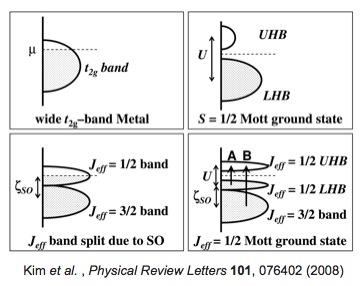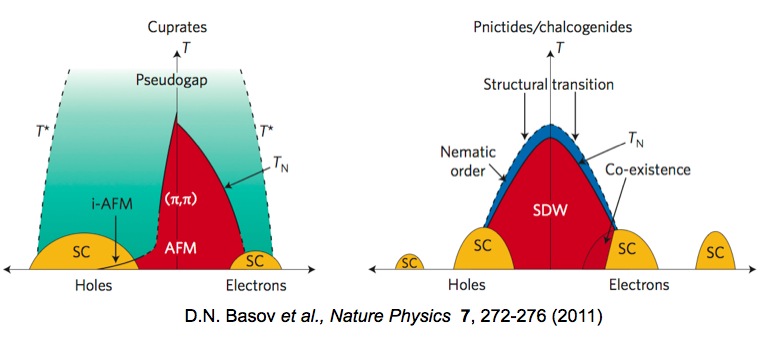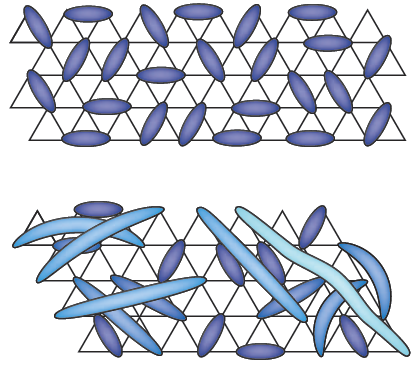
![]()
|
NEWS |
Techniques |
Materials |
Selected recent papers |
Topological Insulators
The topological insulator is a fundamentally new phase of electronic matter that defies the conventional Landau symmetry breaking paradigm. They are realized in electrically insulating materials whose band gap is induced by large spin-orbit coupling. One of the unique and defining characteristics of a topological insulator is the presence of spin-polarized metallic surface states that obey a light-like dispersion relation (see left).

These surface states have recently been proposed to be a platform for realizing exotic particles such as Majorana fermions as well as realizing optical and spintronic devices with new functionalities.
In our lab we are investigating the optical properties of the surface states of topological insulators. This is a challenging task because the surface states are confined to an ultra narrow nanometer region of the surface whereas probe photons penetrate much deeper into the material. Therefore the surface state contribution to any optical signal is typically only a tiny addition to a predominantly bulk response.
Iridium Oxides
Iridium oxides are unique 5d electronic systems in which spin-orbit coupling, electronic bandwidth and on-site Coulomb interactions occur on comparable energy scales. Their interplay can stabilize a novel spin-orbital entangled Jeff = 1/2 Mott insulating state in which a correlation gap is opened by only moderate Coulomb interactions owing to a spin-orbit coupling induced band narrowing.

Below a critical temperature TN the localized Jeff = 1/2 moments undergo long-range ordering. However owing to an absence of clear anomalies at TN in transport, thermodynamic and optical conductivity data, there have been conflicting interpretations about how the insulating gap behaves across TN. We use time-resolved optical spectroscopy, which is highly sensitive to the existence of energy gaps, to study the temperature evolution of the electronic structure of Sr2IrO4. Taking advantage of qualitatively distinct relaxation dynamics of photo-excited carriers exhibited by gapped and gapless systems, we find a clear change in the ultrafast dynamics across TN indicating a gap opening concomitant with antiferromagnetic order.
High-Tc Superconductors
Superconductivity is the result of the resistanceless flow of paired electrons known as Cooper pairs. In conventional materials, such as pure metals and alloys, the cause of this phenomenon is well known: a distortion of the lattice, produced by the passage of one electron, serves to attract a second electron in its wake. By contrast, the mechanism of high temperature superconductivity, exhibited separately by the copper oxide and iron pnictide superconductors, has yet to be successfully understood. What binds these electrons together? Are copper oxide and iron pnictide superconductivity related? How do the various other forms of electronic order exhibited by both classes, such as antiferromagnetism in the cuprates and spin-density wave order in the pnictides, impact superconductivity?

We have been attempting to address these fundamental questions using the powerful methods of ultrafast time-resolved spectroscopies. In these measurements, we break the Cooper pair apart using a femtosecond laser pulse. By watching the dynamics of these particles in real time as they relax and recreate their original ordered state, we can learn about how these charge carriers organize themselves within the solid, gain insight into what glues them together into Cooper pairs, and how superconductivity interacts with the other coexisting forms of order.
Graphene
Graphene, a sheet of carbon atoms arranged in a honeycomb lattice that is only one atom thick, is characterized by its distinctive Dirac band structure, which results in remarkable optical and electronic properties. Its strong optical absorption and high electronic mobility make it a prime candidate for use in optoelectronic applications. Several groups have demonstrated graphene-based devices such as ultrafast photodetectors and hot electron bolometers.

While light absorption processes in graphene are well understood, the subsequent relaxation of photoexcited charge carriers is complicated. In our lab, we address this problem by measuring ultrafast carrier dynamics following femtosecond optical excitation. Our measurements yield insights into the interactions of excited carriers with other degrees of freedom, such as other carriers and phonons.
Quantum Spin Liquids
A quantum spin liquid is a novel phase of magnetism in which antiferromagnetically interacting spins do not magnetically order at any temperature, instead forming a complex superposition of singlet states. Such behavior is thought to occur in low-spin, low-dimensional frustrated systems, such as systems with s = ½ spins on a 2-D triangular or kagome lattice. This phase of magnetism is host to many exotic phenomena, including macroscopic quantum entanglement of spins and fractionalized magnetic excitations called spinons, which carry s = ½ but no charge. While carrying no charge themselves, these spinons can couple to the charge degree of freedom in the system through magnetoelastic coupling, the Dzyaloshinskii-Moriya interaction, or more exotic mechanisms specific to the type of spin liquid, such as an emergent gauge field.

In our lab, we are investigating the optical properties of spin liquids, in hopes of gaining information on this spinon-charge coupling. Terahertz spectroscopy serves as an ideal tool for this purpose, as the meV energy scale of THz light both matches well with the relevant magnetic energy scales and falls well below the charge gap, allowing subtle effects due to the spin system to be observed.
© 2013 Nuh Gedik. All Rights Reserved